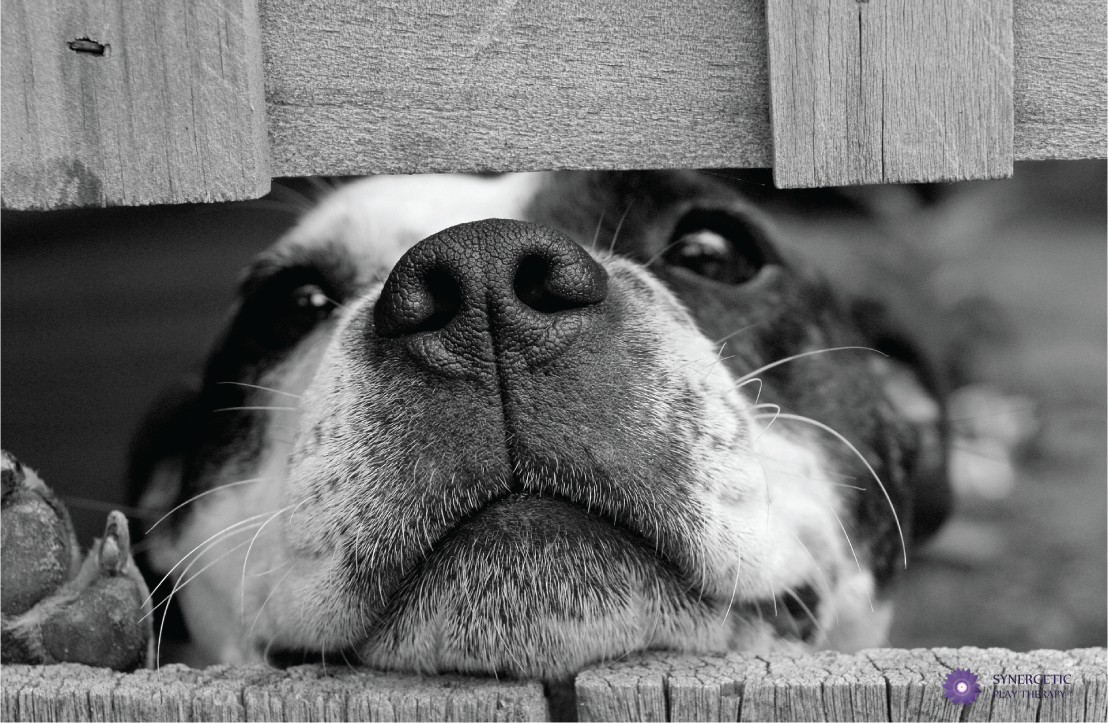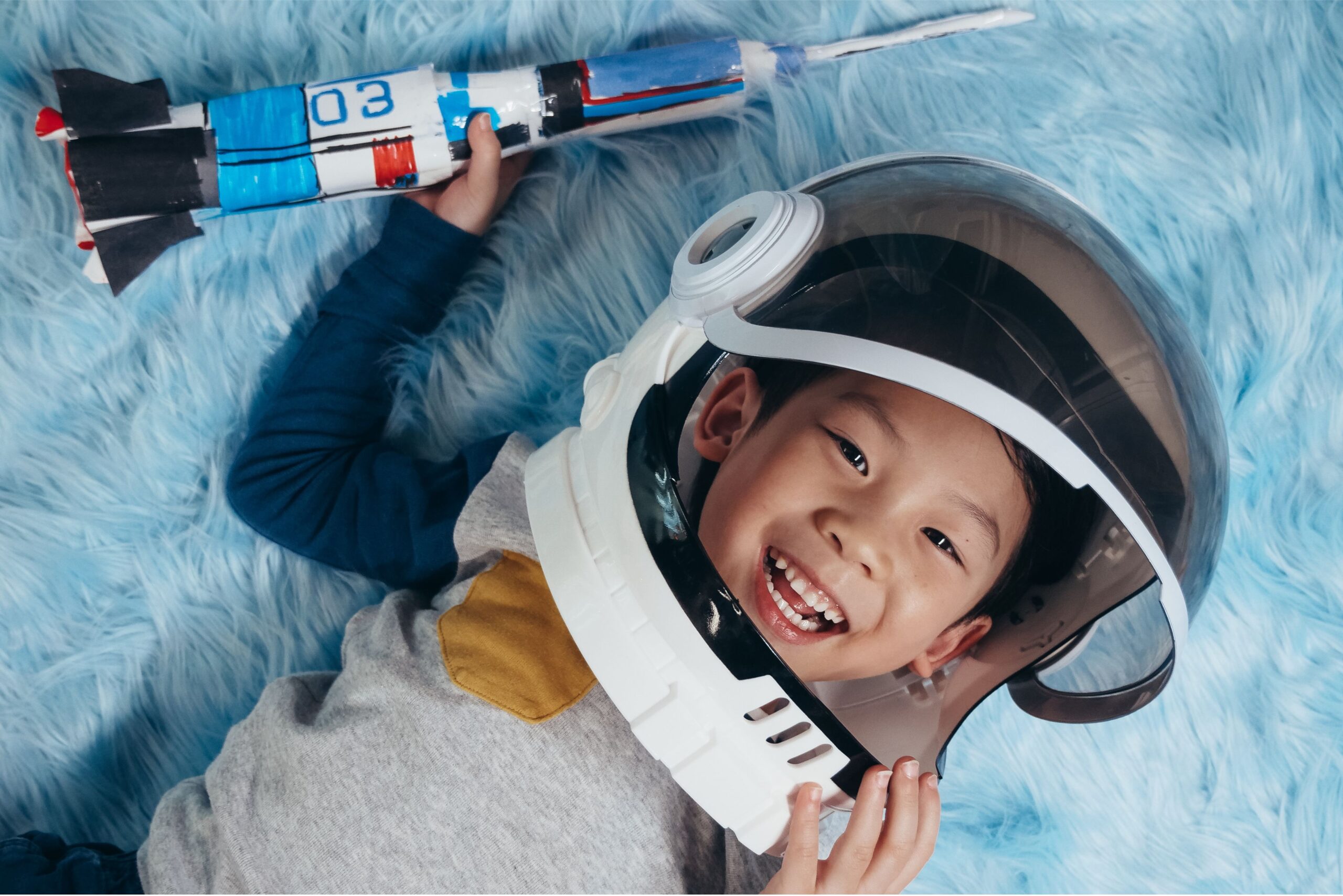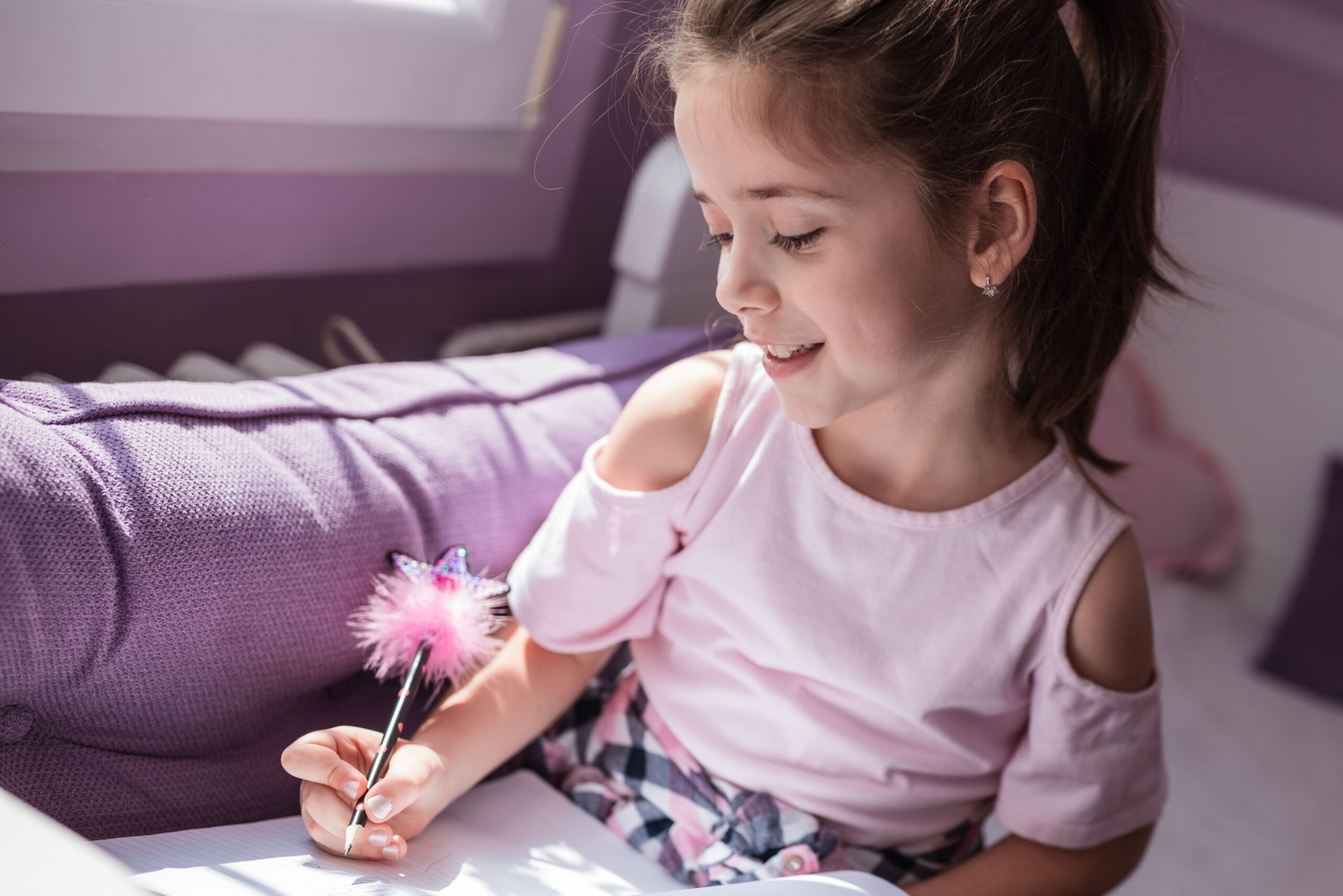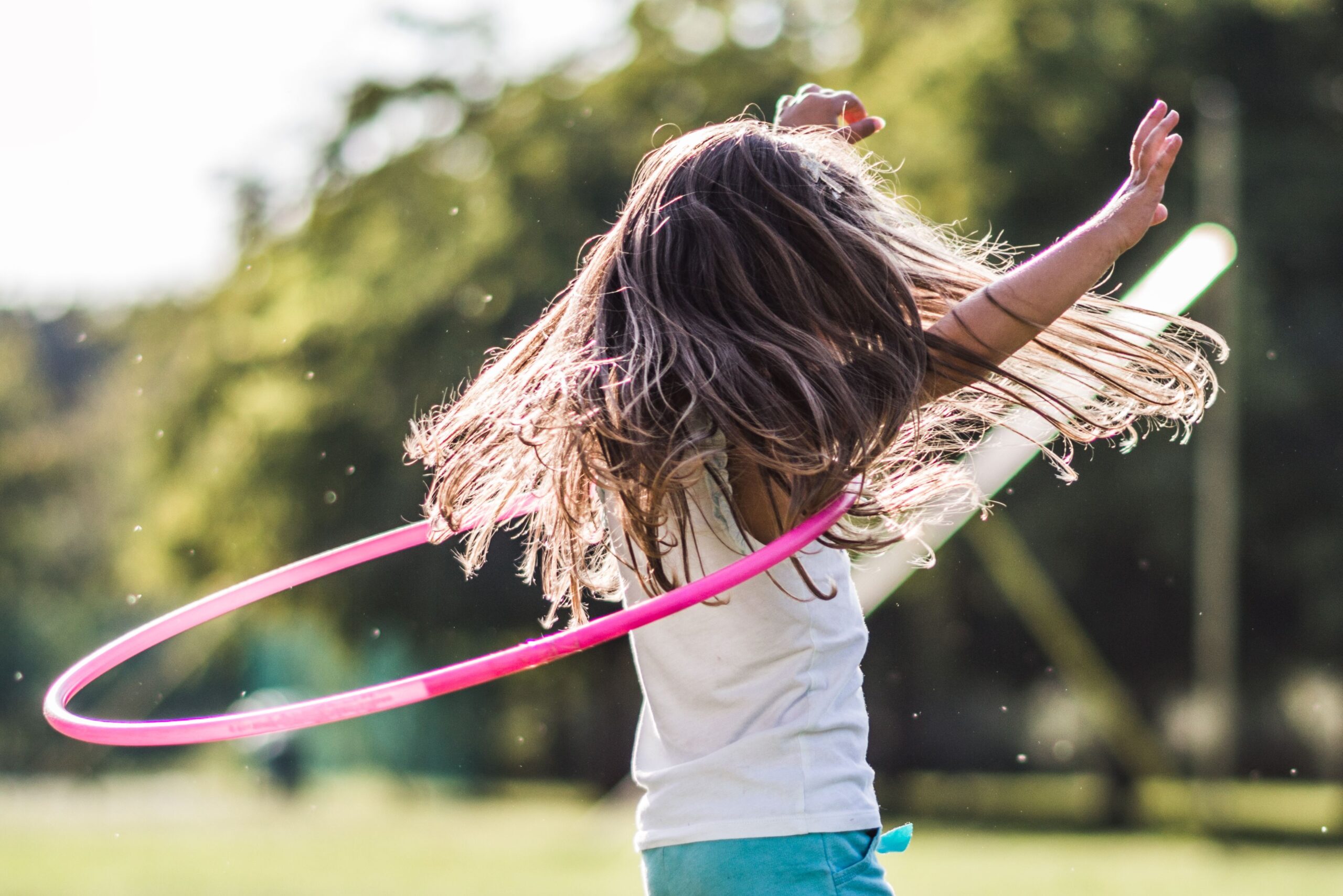by Lisa Dion, LPC, RPT-S
For many humans, connection with animals has been a huge part of their lives. From the deep sense of companionship to the ability to attune to our emotional states, animals leave a lasting impression. They can improve our lifespan too – did you know that some studies suggest that owning pets extends life expectancy by seven years on average? So does this mean rescuing a dozen dogs or twenty cats will make you live forever? Probably not, but the neuroscience behind this bond is interesting, nonetheless.
One of the most important factors involved in the animal/person connection (at least from the viewpoint of neuroscience) is oxytocin, a hormone that acts as a neurotransmitter on the brain. This hormone is released when animals and their people make connected contact.
It’s not limited to time spent with Fluffy or Mittens, of course. Oxytocin is known as the “love hormone” and plays a role in social interaction, romantic relationships, parental bonding, and even the production of milk in nursing mothers. It helps us feel generous, empathetic, trusting, and content. It also influences our physical health – it can lower blood pressure, slow down the heart rate, ease breathing, and overpower stress hormones. Spending connected time with loved ones releases oxytocin, even when those loved ones have wet noses and four paws.
Studies have looked at this hormone specifically as it relates to pets. They’ve found that something as minor as eye contact between a pet and its person increases the oxytocin in the human. Other results show this increase goes both ways. An article published by the National Academy of Sciences discussed a study that took place in Japan. This study sprayed either oxytocin or saline on the nostrils of dogs and then reunited them with their owners. Though the owners were instructed to ignore their pets, the dogs that’d been sprayed with oxytocin proved impossible to ignore – they stared, licked, pawed, and begged for attention more than the others. The oxytocin seemed to make them want to attach and connect. A study published in Scientific America also revealed a genetic link – the oxytocin receptor genes in dogs helps influence their overall friendliness. This may explain why some breeds – like Golden Retrievers – are better known for their affability than others. Oxytocin seems to play a role in helping people and animals want to be close to each other.
But, while Oxytocin is important, it’s not the only reason we’re drawn to drool and tail wags. Pet interaction also boosts endorphins and serotonin. This helps us ward off depression. And, because mental well-being influences the physical body, these chemicals might help explain why people that surround themselves with animals often live longer and often report feeling healthy and living a higher quality life.
Some of it is supplemental too – people with dogs are more likely to be physically active, for example. People with cats have shorter hospital stays. Knowing something is at home waiting for you helps the body heal faster.
But how does this relate to play therapy? If you’re a play therapist who uses canine-assisted therapy, the above helps tell you why Rover is such an effective ally. It also starts to shed light on the simple fact that animals can help regulate people and vice versa. For many humans, animals are a safe way to learn how to connect and be close with another heartbeat. During these moments, our nervous systems begin to settle and we open just a little bit more. For many children who are scared of relationships with human beings, animals seem easier and “oxytocin” is right there to help reinforce the interaction so that it is likely to happen again.
Yet even without an actual pet in the playroom, knowing that your client owns pets or spends time with animals can be a way to engage with them, especially if you know they have a great relationship with their furry friends. And neuroscience, in part, helps tell us why.
Of course, spending time with animals also comes with its challenges – the cat hair that finds its way into every dinner we’ve ever eaten, the dog that gnaws on the couch when we have the audacity to leave him alone so we can out and earn a living, the horse that isn’t up for running that day – but most animal lovers agree that all of the challenge is easily trumped by so much more of the good. And, besides, the challenges that animals offer us are another way we get to practice expanding our “windows of tolerance” in relationship and practice supporting another being even when it’s hard.
Connection with animals are beneficial to our brains and science is showing us why. Dogs, cats, even hamsters……they really are man’s best friend. So, as World Animal Day comes around, acknowledge the creatures of this earth. Love a dog, pet a cat, watch the birds. Do whatever works for you, but maybe refrain from hugging a porcupine.
Interested in credits and courses delivered to your living room? Take a look at all our classes, available on our learning site.





